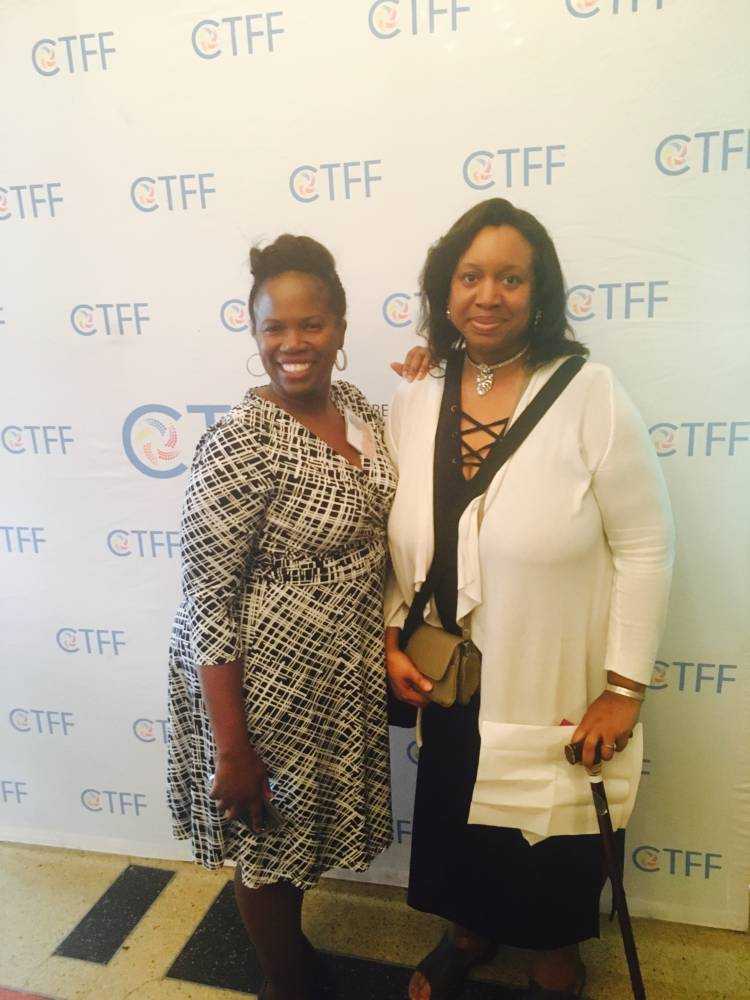BY: LEANNE BENN
What’s your favourite genre of movie? Action, romance, thriller or even sci-fi? How often do you end up seeking out Hollywood titles or even Bollywood titles? So imagine having access to Caribbean titles. The Caribbean Tales International Film Festival is coming to Toronto. So now it is time to embrace your Caribbean roots and support Caribbean raised actors, directors, producers, writers and much more as they embark on this enlightening journey of showcasing Caribbean culture through film.
Caribbean Tales was founded in 2001, by successful filmmaker and former producer at BBC, Frances-Anne Solomon. Solomon’s aim and continued mandate is to provide content in the Canadian market embracing intercultural understanding and encouraging the creation and distribution of artistic materials related to the Caribbean and Canadian heritage. Under this umbrella, the Caribbean Tales International Film Festival is celebrating twelve years and this year’s festival continues to promote diversity in the city of Toronto with the support of many sponsors including their lead sponsor FLOW Cable and Wireless.
To mark the 12th annual festival, Caribbean Tales hosted a special media launch and film screening on July 6th at The Royal Cinema, downtown Toronto to celebrate their ongoing success. The event was held in partnership with The Consulate General of Barbados in Toronto, also featuring the Canadian premiere of A Caribbean Dream, directed by Barbadian Shakirah Bourne and produced by Melissa Simmonds and Lynette Eastmond. A Caribbean Dream is a beautiful and intricate take of Shakespeare’s classic, A Midsummer Night’s Dream. Set on the shores of the beautiful island of Barbados, this is a classic Caribbean take of a magical fairy tale set in modern times. The film encapsulates the beautiful island culture and lifestyle, from scenic nature views to the lively party culture of the island, with fairies adorned with colorful and vibrant crop over costumes. As the Consul General of Barbados, Mr. Haynesley Benn rightfully said, one is certainly motivated to book a trip to the beautiful island after viewing this film. The film features young lovers, magical fairies, and lively island fishermen all intersecting in the tropical paradise while featuring many comedic moments filled with love as well as the prominent theme of mixed race relationships.
Barbados is definitely one of the countries being prominently featured in this year’s festival and as Mr. Benn remarked, this film festival is a great way to learn about the Caribbean, the people, the heritage and the stories that make this region a memorable and unique place.
The theme of the Caribbean Tales International Film Festival 2017 is called Caribbean Legacy and is focused on the heritage and struggles of Caribbean legacy and storytelling. The films presented in this year’s festival also embrace the reality of the current world we live in, including racism, violence and hostile politics. On the other hand, the theme also explores the historical values of certain Caribbean countries as well as unique and authentic stories that originate from the islands including themes of love, humor, and joy. This year’s festival would most definitely not be possible without the help and continued support of the Caribbean diaspora and committee members as the film is one of the main ways in which Caribbean legacy can be expressed.
The screening of A Caribbean Dream also featured the trailer of Science Fiction based Brown Girl Begins by Sharon Lewis out of Jamaica and the USA and based on the novel of the same name by Nalo Hopkinson. Lewis is also a part of the Caribbean Tales Incubator Program, which brings together new and senior Caribbean Filmmakers.
This year the Caribbean Tales International Film Festival runs from September 6th to September 21st in Toronto. There will be fourteen feature films and thirty short films. Some highlights include Machel Montano: Journey of a Soca King by Bart Phillips, Trinidad and Tobago, Pimento and Hot Pepper, The Mento Story by Rick Elgood, Jamaica, Le Gang des Antillais, West Indies Gang by Jean-Claude Barny, Guadeloupe/France and many other intriguing titles focused on various themes including Focus on Women, LGBTQ and Environmental Focus. For more information about festival information, the incubator program, short film challenges and community screenings visit caribbeantalesfestival.com, email festival.caribbeantales@gmail.com or call the festival office at 416-534-8308. So, this September remember to embrace Caribbean culture and arts at the 12th annual Caribbean Tales International Film Festival.

